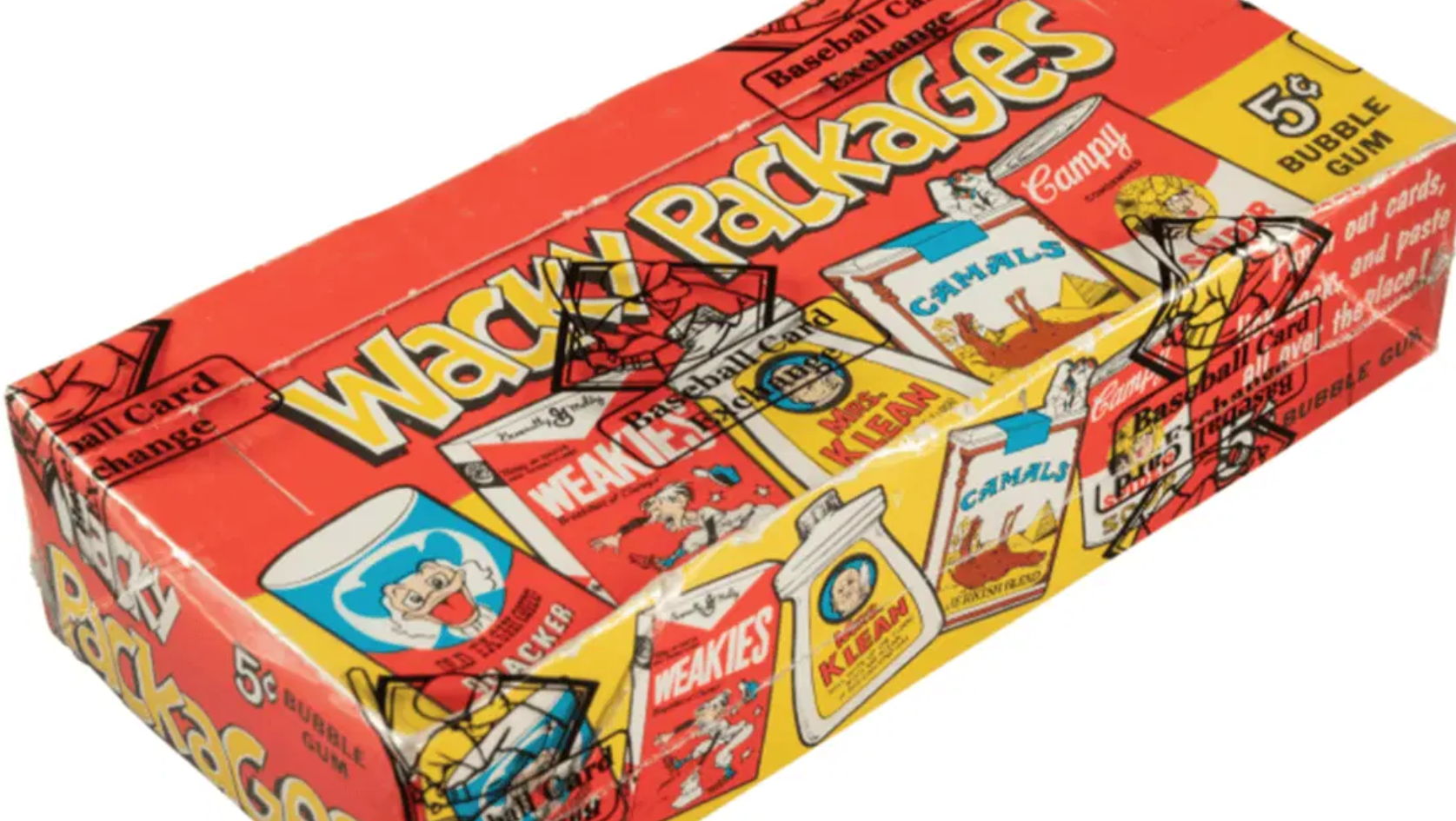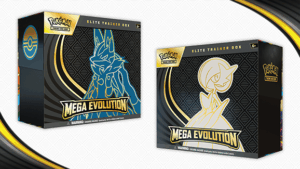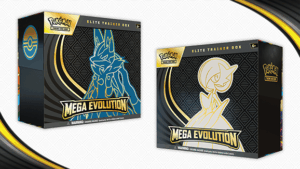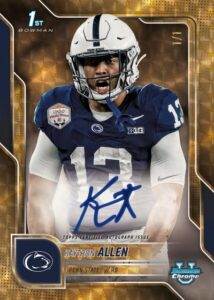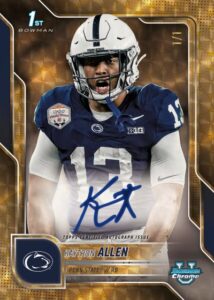In a triumph for nostalgists and satire aficionados everywhere, a pristine 1967 Wacky Packages box set has rewritten the annals of auction history by selling for an impressive $79,300 at Heritage Auctions. This eyebrow-raising sum not only establishes a new zenith for the Wacky Packages franchise but also underscores an intriguing trend: the market is becoming increasingly enamored with rare, non-sports collectibles linked to bygone eras of merrymaking and cheeky creativity.
Wacky Packages, for the uninitiated, are a testament to the marriage of art, humor, and consumer culture. Conceived by the card and confectionery giants at Topps in 1967, the original series took delight in lampooning the grocery brands that graced the shelves of American households. With cartoon-inspired brilliance, it spoofed everything from breakfast staples to cleaning supplies, a merciless poke at consumerism that spoke directly to the rebel spirit of the late ’60s.
Among those who collaborated on these artworks was none other than Art Spiegelman, who would later gain prestigious acclaim for his epic graphic novel Maus. If Spiegelman’s involvement endows these stickers with an extra sheen of artistic gravitas, it’s also fair to say that the playful absurdity of the pieces would bring a nostalgic tear to the eyes of any lover of kitsch.
The series debuted with cards designed as punch-outs, inciting a sticker revolution among kids who adorned school books, lockers, and just about any surface that dared remain unembellished. But what fun would parody be without a good old legal scuffle? The benchmark artwork caught more than curiosity; it caught the attention (and moneyed displeasure) of some big brands, including Ritz, Jolly Green Giant, Morton Salt, and, yes, the effervescent 7-Up. These corporate behemoths weren’t exactly amused and took legal action that presumably stressed hairlines at Topps headquarters. The result? A reimagined and expanded series now touting 56 different cards, up from a combative 44.
Post-litigation and post-blowback, Wacky Packages emerged victorious, refurbished and resolute. Topps fattened its parody portfolio with a collection of “Wacky Ads” in 1969, and later recommitted to sticker form with great aplomb in 1973. At their zenith, Wacky Packages stickers gave baseball cards a run for their money, as they became a must-have item on school playgrounds coast to coast.
After an unforeseen hiatus spanning from 1992 to 2004, the series resurrected itself like an irrepressible jester, ready once more to tickle the collective ribs of its global audience. Just as the cards had once thrived in the cultural stew of satire and rebellion, so too did they resurface to confront a world eager again to embrace its zany offerings.
As time informally passes beyond the realm of familiarity into the mystique of vintage allure, these non-sports cards have become highly prized artifacts. The auction blockbuster is an indelible reminder that well-preserved relics, extolling associations with past trends and cultural histories, demand strong prices and bag the enthusiasm of collectors both meticulous and ardent.
The $79,300 auction price of these once-upon-a-time 5-cent delights encapsulates more than mere scarcity or condition. It reflects a broader appetite stirred by nostalgia and underscores a rekindled appreciation for art forms that dared to play within the locus of humor and brand recognition. For Topps, a company now eulogized in the annals of collectible history, this sale spells something greater than monetary gain: it elevates them to legendary status in the epoch of pop culture storytelling.
It’s hard not to imagine how the modern ethos of irony and meme culture finds ancestral references in these curious, color-laden cards. Wacky Packages were and indeed are a quintessential manifestation of playfulness: an eternal wink from one era to another. It’s little wonder, then, that their ramshackle satire continues to inspire new generations who seek not only to revel in the comedic simplicity of life but also to decorate it in the imagery of whimsy where even the mighty 7-Up fountain may fizz with laughter once again.
In the end, this staggering sale price doesn’t merely echo with the sound of gavel and gold. It has knowingly enshrined a piece of art history and demanded the focused gaze of the cultural connoisseur. Which, in the end, might be precisely what such a delightful oddity always intended—perhaps even more so than serving as just another collector’s dot in a massively elaborate connect-the-dots game of value meeting vision.

